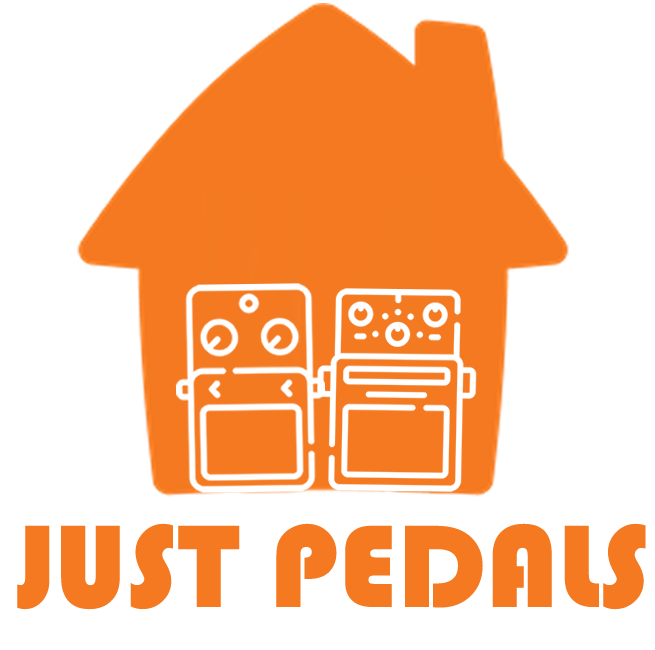just a load of Wah Video – Guitar Effects Pedal Lesson: How To Use A Wah Pedal
Wah Video – Guitar Effects Pedal Lesson: How To Use A Wah Pedal
Behringer SF300 3-Mode Fuzz Distortion Effects Pedal
£24.36 £20.90
Versatile 3-Mode Operation: Switch between classic fuzz, grunge, and gain boost modes to cover a wide range of rock tones Precision Tone Shaping: Dedicated Level, Gain, Treble, and Bass controls let you fine-tune your sound with ease Robust Performan… read more
TC Electronic THE PROPHET DIGITAL DELAY Studio-Quality Digital Delay with Award-Winning TC Electronic Algorithm
£42.72
Studio Quality Digital Delay Pedal Award-Winning tc electronic Algorithm Up to 1300 MS Delay Time True Bypass for ultimate signal integrity Runs on a nine V battery or the tc electronic Power plug 9 (neither are included)
Donner Guitar Looper Pedal with Drum Machine, 40 Slots 160 mins Looping Time Stereo Loop Pedal, 110 Drum Grooves, Tap Tempo, Fade Out – Circle Looper
£108.89
[2 in 1 Looper Drum Machine] 44.1kHz, 24bit high-quality stereo looper with 100 different drum grooves from 10 unique music styles and 10 types of metronome settings. [Large Capacity Loop Pedal] 40 memory slots and each can store 4 minutes record, 16… read more
Behringer ULTRA OCTAVER UO300 3-Mode Octaver Effects Pedal, Pack of 1
£24.36 £19.50
Create a monster sound by adding two additional tones using your guitar—one and two octaves below the original tone . Dedicated volume controls for all three tones for awesome sound shaping . Flexible three- mode range switch allows ultimate bass per… read more
BOSS Fv-500H High Impedance Volume Pedal, Ultra-Smooth Pedal Movement & Heavy-Duty Aluminum Die Casting Body
£113.00 £104.48
For 14 years, the famous BOSS FV-300 served as an industry-standard volume pedal, today the bar has been raised with BOSS’s FV-500H and FV-500L pedals. These tank-tough diecast pedals are designed to meet the needs of the most demanding customers. FV… read more
















